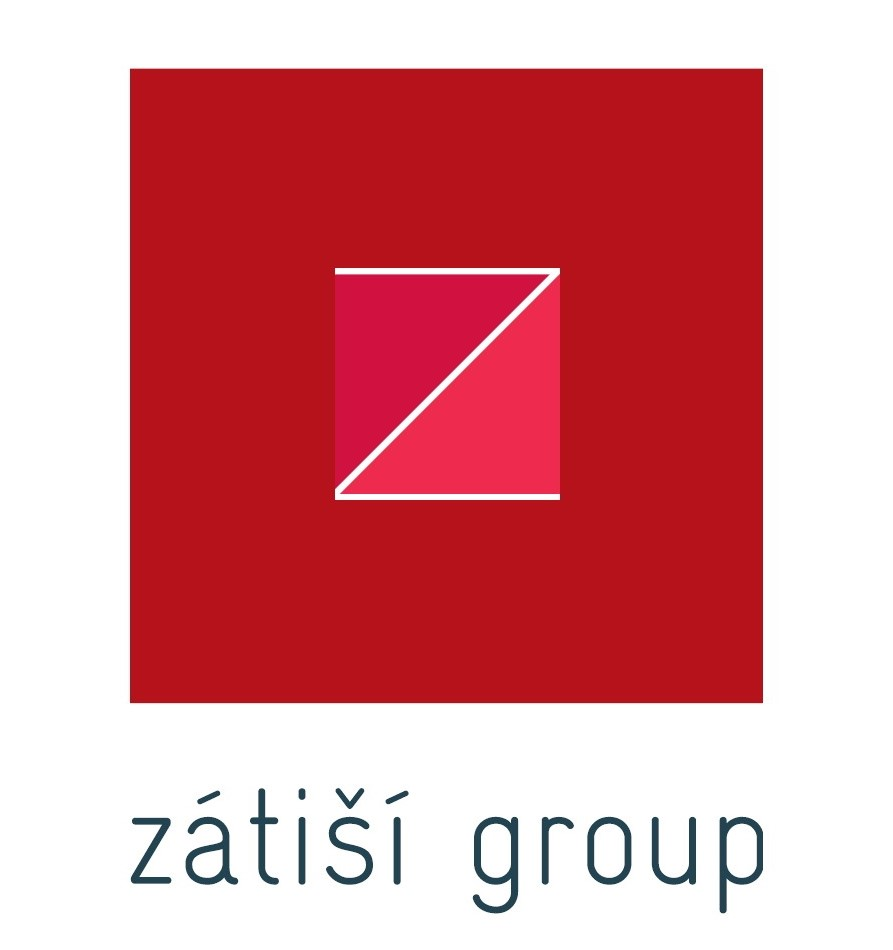Economic Outlook - PRIBOR Debate
28.04.2015Company: Deloitte
The exposed manipulation with interest rates such as LIBOR (London Interbank Offered Rate), EURIBOR (Euro Interbank Offered Rate) or TIBOR (Tokyo Interbank Offered Rate) has shaken the foundations of the current financial architecture. It was only a matter of time before the interbank market would also become the centre of attention in the Czech Republic, as the benchmarks of the Czech interbank market are calculated on the same basis as in London. The financial crisis has left lasting impacts on the Czech financial market. Without sufficient evidence, it is pointless to engage in discussions on whether PRIBOR could also have been subject to manipulation. However, potential risks connected with the PRIBOR rates should not be overlooked, and the discussions that are being held abroad can also prove useful to us.
Let us begin with the LIBOR rates that came into existence first and served as the example for other interbank markets. Archimedes once asked for a place to stand so he could move the world. If he were a banker today, the place to stand, the firm foundation, would be the LIBOR rates, which, however, were in fact introduced quite recently. The LIBOR rates were first published in 1986. Their significance grew at a dizzying speed and today, the financial tools that are connected to them (from derivatives to mortgages) are worth 350 trillion dollars, which is more than 5 times global GDP. In 2012, large-scale manipulations with these benchmarks of the interbank market were uncovered and the investigations led to billions worth of fines for certain banks.
The problem is with the construction of these interest rates. Every day, they are calculated as the arithmetic mean of the values given by several banks, while a certain number of the lowest and highest values are not taken into account. Therefore, these are not rates at which transactions would be taking place on the market, they are only values given to the calculation agent (the BBA – British Bankers Association in the past, today to the ICE – Intercontinental Exchange). Thus, theoretically speaking, they do not necessarily have to give a true and fair view of the market reality. This issue is at the core of the criticism aimed at the calculation of the LIBOR rates. Before the investigations started, LIBOR was often referred to as a “convenient fiction” due to the differences between the LIBOR rates and the rates used in transactions on the market. In addition, most transactions between banks have a maturity of one week or less, which means the monthly or annual LIBOR rates are in fact bank estimates rather than a true reflection of reality.
The PRIBOR rates on the Czech interbank market are calculated the same way and may therefore suffer from issues similar to the London LIBOR rates. Let us have a look at some of the parameters of the interbank market before the crisis and after it.
The key reference for short-term interest rates is the two-week repo rate of the Czech National Bank. The difference between the two-week PRIBOR rate and the repo rate of the CNB with the same maturity was, on average, two base points (0.02 percent) in the last five years before the economic crisis (2003-2007). In autumn 2008, during the urgent phase of the financial crisis, the range stretched to 49 basis points. It has been gradually decreasing ever since; however, it is still at 11 basis points and therefore much higher than before the crisis. This can be explained by an increased credit risk of the counterparty or by lower liquidity on the market. It should also be noted that the difference between the market interest rates for unsecured loans and the rates of the central bank, and the derivatives connected with these (the LIBOR-OIS spread) are used as an indication of stress/distrust on the interbank market.
We can gain similar information from the difference between the interest rate of a one-year swap and the 12-month PRIBOR rate. The maturity is the same, but in the first case, the transaction reflects the full credit risk of the counterparty, whereas in the latter, the risk is lower because the principal is not swapped and only the payment from the swap contract is exposed to the risk. In the last five years before the crisis, the difference between both interest rates was zero on average. In the deep phase of the crisis, it stretched to 149 basis points. At the moment, it is at around 25 points. The fear has receded, but mutual trust between banks has not been restored at the pre-crisis level.
However, the Czech market is no anomaly in this respect and the same characteristic applies to other markets as well. For example the 3-month dollar LIBOR-OIS spread was at around 7-8 basis points before the crisis, while at present, it reaches 15 points. The same spread between euro rates amounted to 5 points before the crisis, while it is at 12 points today.
It is useful to compare the PRIBOR rates with the transaction quotations on the money market. For example, the quotation of the overnight deposit rate is currently (14 March) between 0.10-0.21 percent. The PRIBOR with the same maturity was 0.15 percent on the same date. In the case of a one-week deposit rate, the quotations were between 0.10-0.19 percent, while the one-week PRIBOR was at 0.16 percent. The one-month depo was traded at an interval ranging between 0.10-0.27 percent, while the relevant PRIBOR reached 0.22 percent. Thus, the market data does not seem to indicate any significant deviation of the PRIBOR rates from reality.
Although the PRIBOR rates do not seem to be systematically deviated and their development is explicable through market factors, their construction leaves open the risk of potential problems. Discussions taking place abroad could serve as inspiration for the Czech market.
One of the possibilities of mitigating the risk of (unintended) distortion or (intentional) manipulation is broadening the number of banks contributing to the calculation of the reference interest rates. If their number is not sufficient, then it is better not to calculate or publish such a benchmark. The scandal surrounding the LIBOR rates has led to, among other things, the LIBOR rates no longer being published in Australian dollars, New Zealand dollars, Danish crowns, Swedish crowns and Canadian dollars. A sufficient number of banks were only determined for calculating the LIBOR rates in American dollars, euros, British pounds, Japanese yen and Swiss francs. Even in these cases, however, the number of maturities for which the LIBOR rates are calculated has been reduced: out of the 120 LIBOR rates that used to be published daily, only 35 remained.
The risk of the interest rate benchmarks not reflecting reality would also be reduced if the banks contributing to their calculation had to present the actual interest rates used in their real transactions on the market. However, there will always be a number of reference rates that are not supported by real transactions, and it remains questionable whether such interest rates should be used at all.







